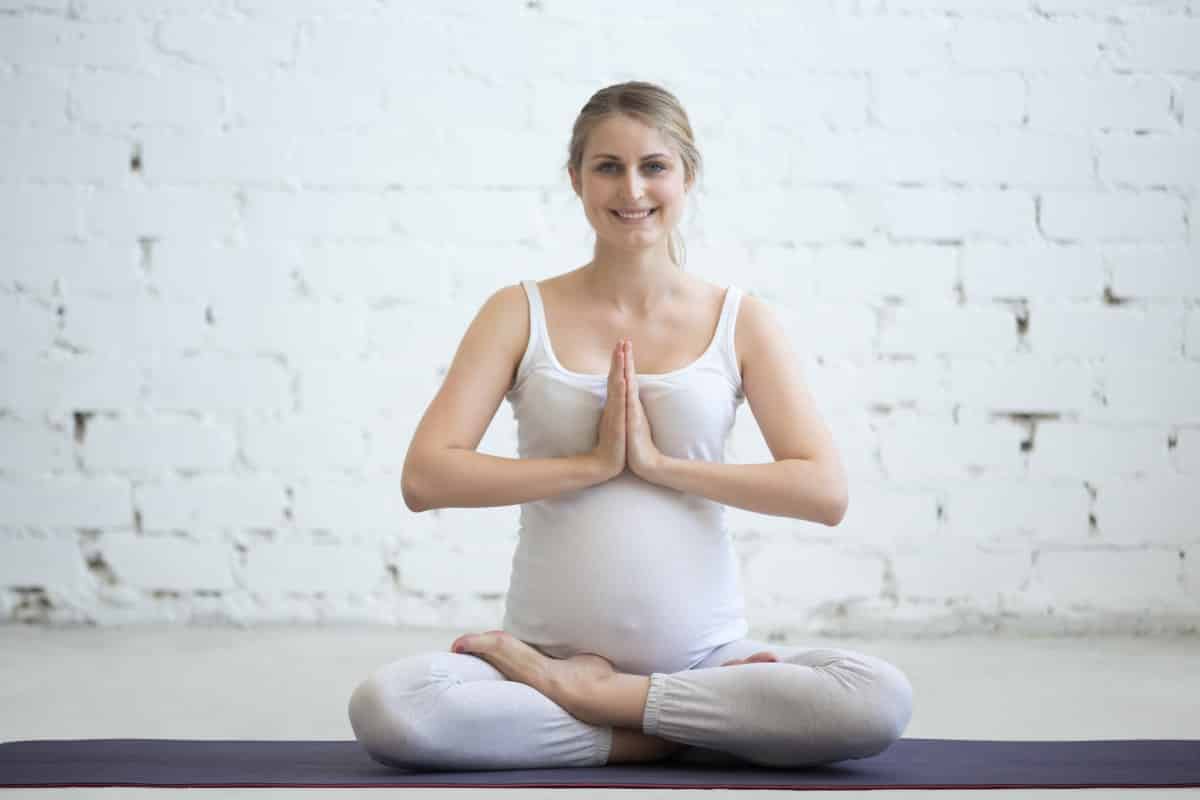Athletes across all sports dedicate themselves to rigorous training schedules, focusing on strength, endurance, and skill development. However, many overlook a powerful and complementary practice that can significantly enhance their performance: yoga. Yoga is not just about flexibility; it offers a range of physical, mental, and emotional benefits that can help athletes achieve peak performance, prevent injuries, and maintain overall well-being. Here’s why every athlete should incorporate yoga into their training regimen.
1. Improved Flexibility and Range of Motion
Flexibility is crucial for athletes, as it allows for greater movement efficiency and reduces the risk of injuries. Many sports, such as running, weightlifting, and football, involve repetitive movements that can lead to muscle tightness and imbalances. Yoga poses (asanas) like Downward Dog, Pigeon Pose, and Warrior Series help lengthen and stretch muscles, improving overall range of motion and agility.
Increased flexibility also means athletes can perform movements with greater ease and efficiency. For instance, a soccer player with improved hip flexibility can execute powerful kicks with better control, while a swimmer with supple shoulders can enhance their stroke technique.
2. Enhanced Strength and Stability
Contrary to common belief, yoga isn’t just about stretching; it also builds strength. Holding poses such as Plank, Warrior II, and Boat Pose engages core muscles, stabilizers, and deep muscle groups that often get neglected in traditional strength training.
Athletes who incorporate yoga into their routines develop stronger, more balanced muscles, which translates to improved performance. For example, a runner with a strong core will experience better posture and endurance, while a basketball player with improved lower-body stability will have better control over their movements on the court.
3. Faster Recovery and Injury Prevention
One of the most significant benefits of yoga is its ability to aid in recovery and injury prevention. Many sports put immense stress on the body, leading to muscle soreness, tightness, and potential overuse injuries. Yoga promotes blood circulation, reducing muscle stiffness and promoting faster recovery after intense workouts or competitions.
Furthermore, yoga encourages mindful body awareness, allowing athletes to recognize tightness or imbalances before they escalate into serious injuries. Practices like Yin Yoga or Restorative Yoga are particularly beneficial for recovery, as they focus on deep stretching and relaxation.
4. Mental Focus and Concentration
Athletic performance isn’t just about physical ability—it also requires sharp mental focus and concentration. Yoga incorporates breath control (pranayama) and meditation, which help athletes cultivate a calm and focused mind.
For example, competitive athletes often face high-pressure situations where mental clarity can make the difference between winning and losing. By practicing mindfulness through yoga, athletes can improve their ability to stay present, manage stress, and perform under pressure. Techniques such as deep breathing, visualization, and guided meditation can be game-changers in enhancing an athlete’s mental toughness.
5. Better Breathing and Endurance
Breathing efficiency plays a crucial role in athletic performance. Many athletes unknowingly practice shallow breathing, which limits oxygen intake and reduces endurance. Yoga teaches controlled breathing techniques, such as diaphragmatic breathing and alternate nostril breathing, which enhance lung capacity and stamina.
For endurance athletes like marathon runners, cyclists, and swimmers, improved breath control can lead to better oxygen efficiency, delayed fatigue, and sustained energy levels during prolonged activities. Even strength-based athletes can benefit from enhanced breathing patterns, as proper breath control supports muscle engagement and stabilization during lifts or explosive movements.
6. Stress Reduction and Emotional Balance
The pressures of competition, training, and performance expectations can lead to stress and anxiety. Yoga provides athletes with a valuable tool to manage these pressures through relaxation techniques and mindfulness.
Yoga reduces cortisol levels (the stress hormone) and promotes the release of endorphins, leading to improved mood and emotional resilience. This is particularly beneficial for athletes who experience performance anxiety or burnout. By incorporating yoga into their routine, athletes can develop a healthy relationship with their sport, enjoying the journey rather than being overwhelmed by the pressure to perform.
7. Enhanced Coordination and Body Awareness
Athletes need precise coordination and body awareness to execute movements effectively. Yoga enhances proprioception—the body’s ability to sense movement, action, and location—which improves overall coordination and balance.
Poses that challenge balance, such as Tree Pose and Eagle Pose, enhance neuromuscular connections, leading to better control over body movements. This is particularly beneficial for athletes in sports that require agility, such as gymnastics, martial arts, and tennis.
8. Longevity and Sustained Performance
Athletes often push their bodies to the limit, which can lead to wear and tear over time. Incorporating yoga helps maintain joint health, reduces chronic pain, and promotes long-term athletic longevity. Many elite athletes, including LeBron James, Novak Djokovic, and Tom Brady, credit yoga for keeping them in peak condition well into their careers.
By adding yoga to their routine, athletes can extend their playing careers, minimize injuries, and maintain optimal performance levels as they age. The practice also helps in post-career transition by keeping the body active and the mind sharp.
How to Incorporate Yoga into Training
Integrating yoga into an athlete’s training regimen doesn’t require hours of practice each day. Even dedicating 15–30 minutes a few times a week can yield noticeable benefits. Here are some practical ways to incorporate yoga:
- Pre-Workout Warm-Up: Use dynamic yoga poses to activate muscles and increase blood flow before training.
- Post-Workout Recovery: Perform static stretches and deep breathing exercises to relax muscles and aid recovery.
- Rest Days: Engage in a full-length yoga session focusing on flexibility and relaxation.
- Mental Training: Include breathwork and meditation in daily routines to improve focus and reduce stress.
Final Thoughts
Yoga is a versatile and powerful tool that can benefit athletes of all levels. From improved flexibility and strength to enhanced mental focus and recovery, the advantages of yoga extend far beyond the mat. By incorporating yoga into their training, athletes can optimize performance, prevent injuries, and achieve long-term success in their sport. Whether you’re a professional competitor or a weekend warrior, embracing yoga can elevate your game and support a balanced, healthier athletic journey.




